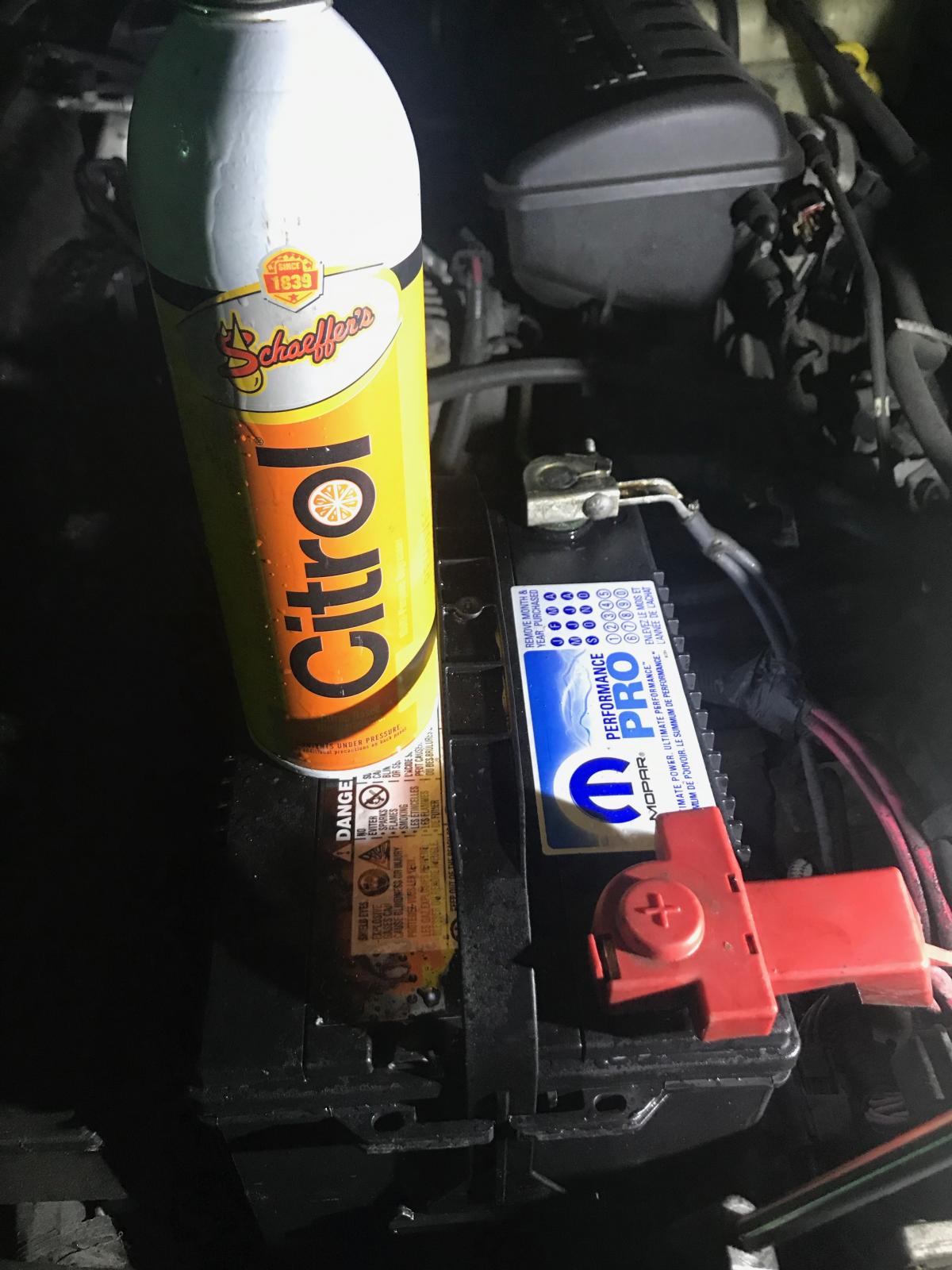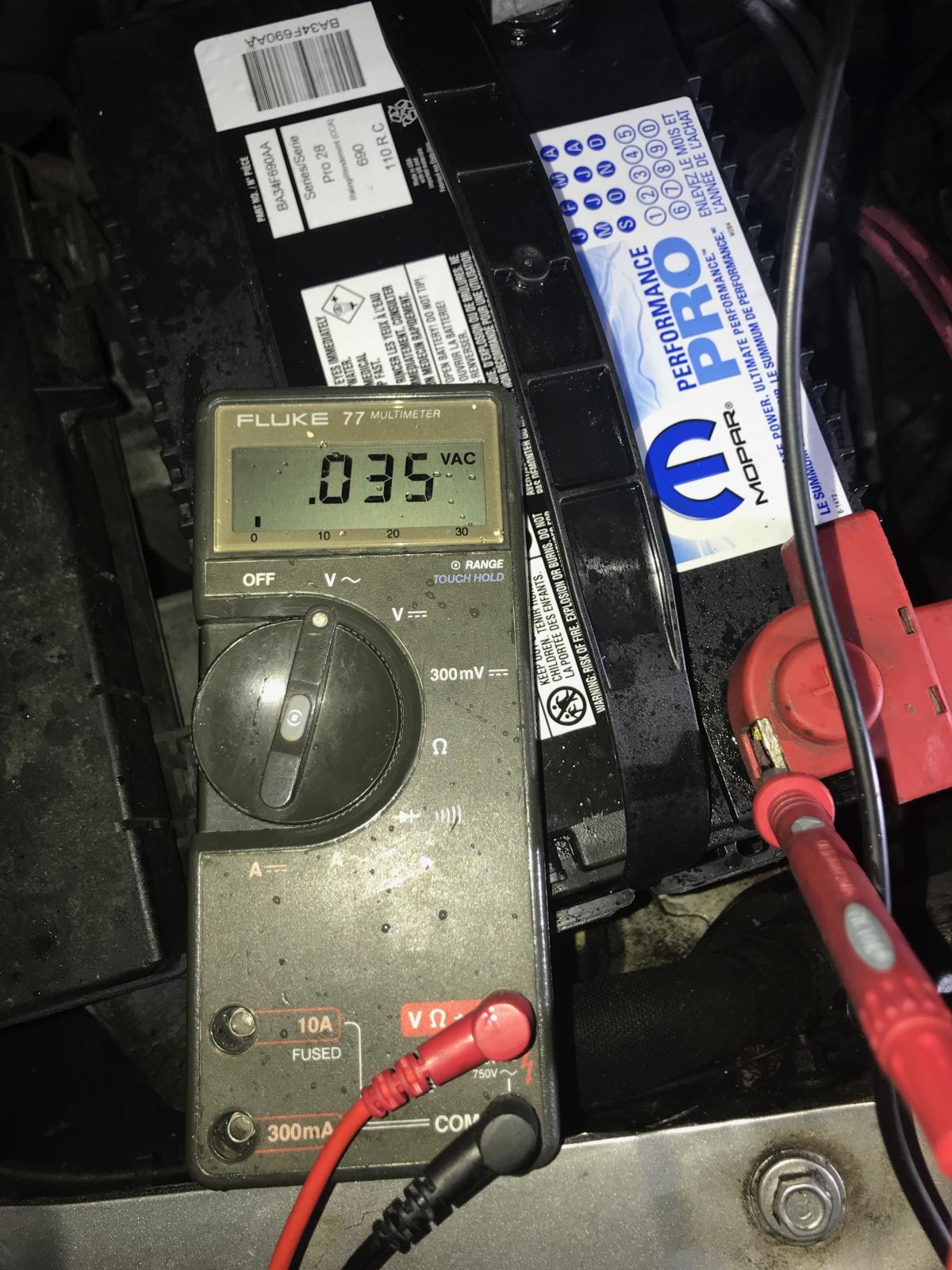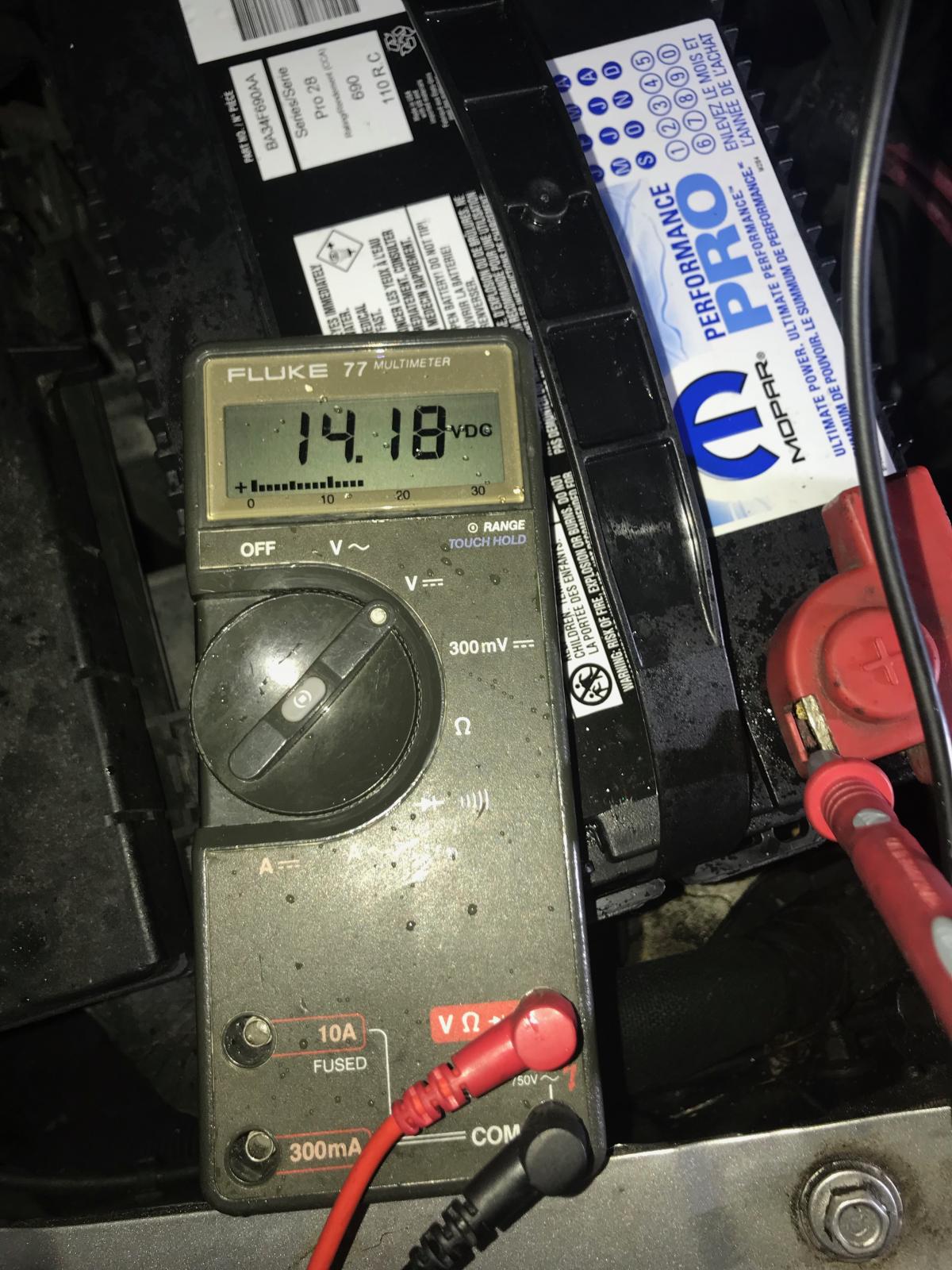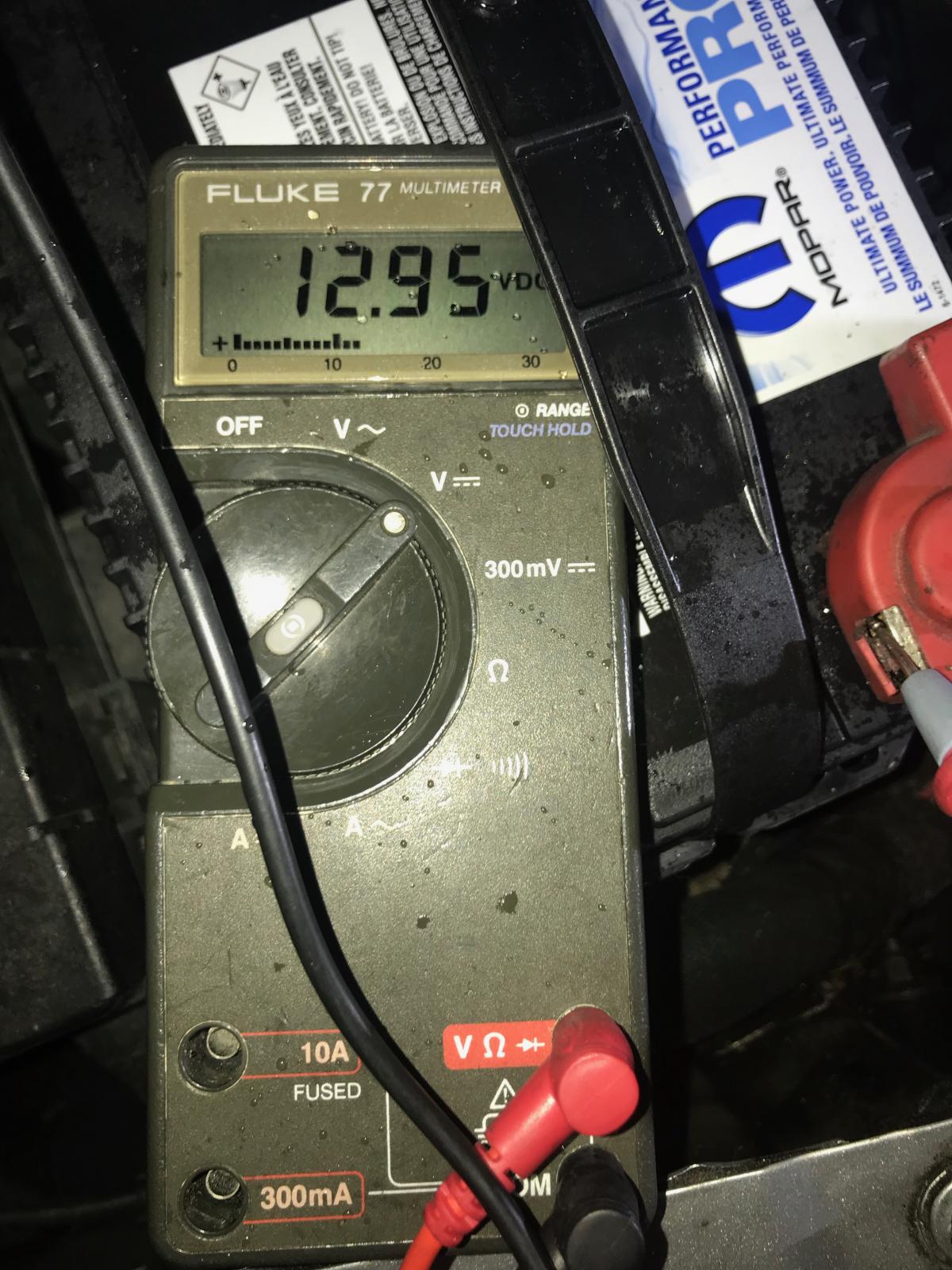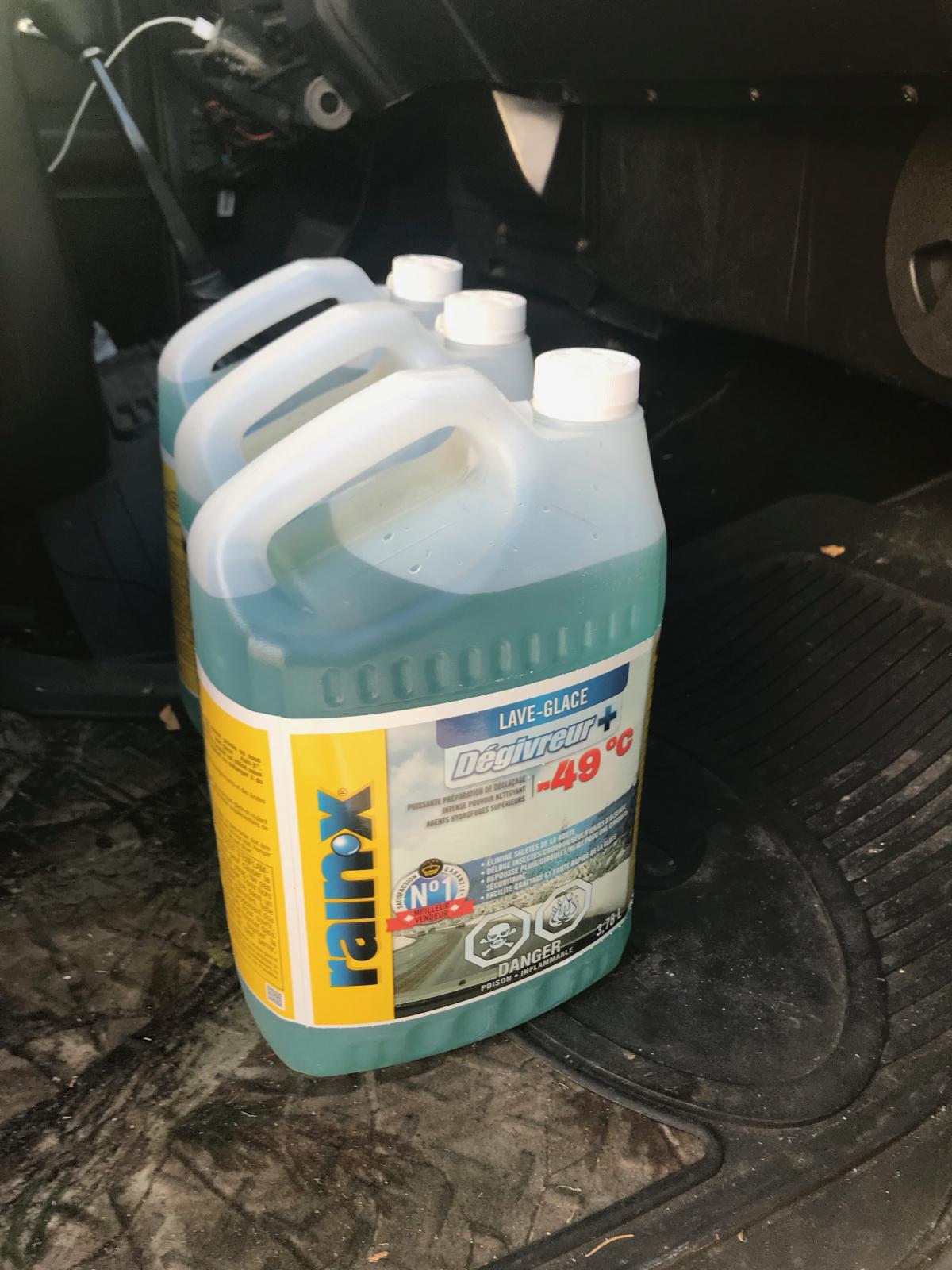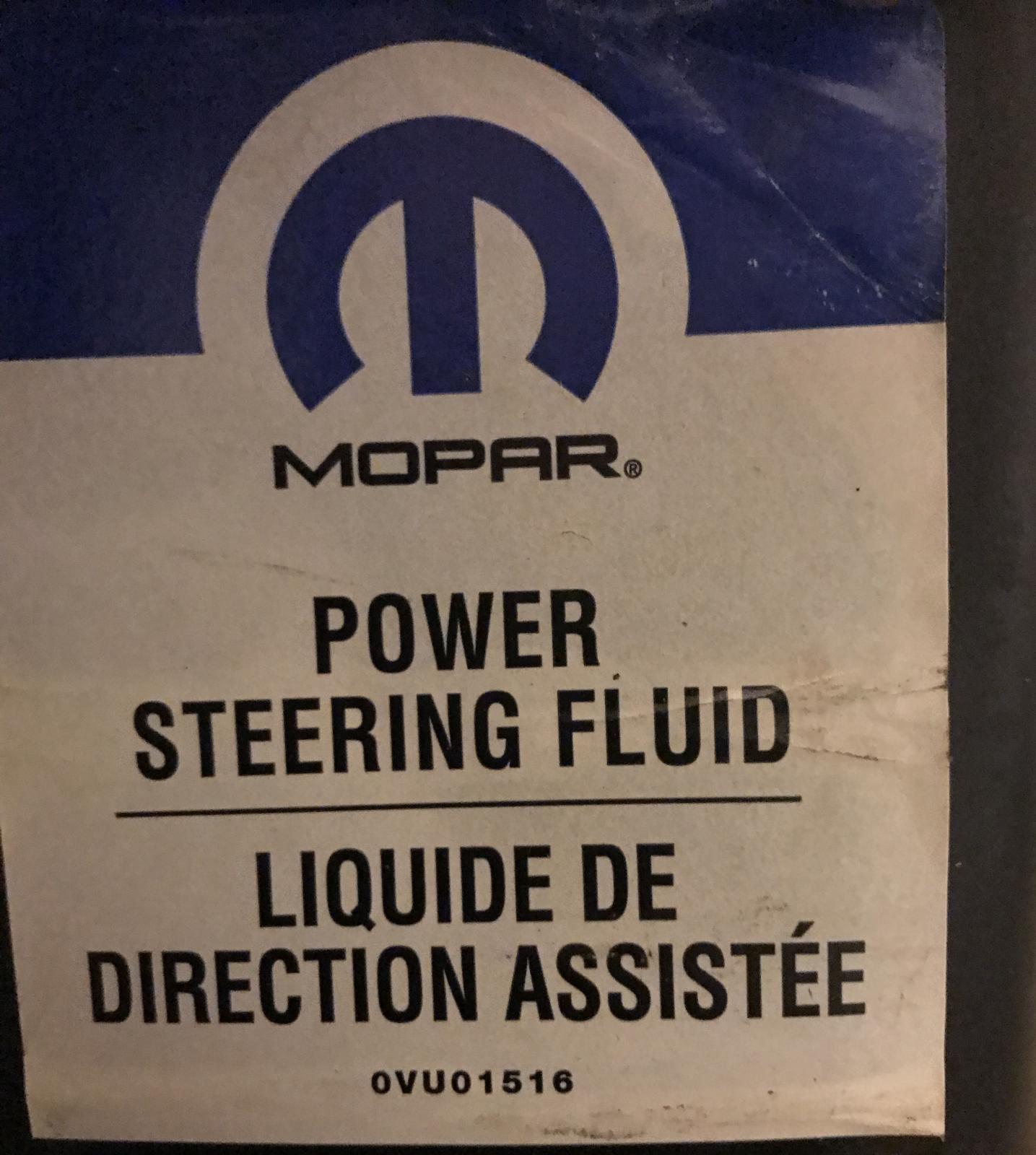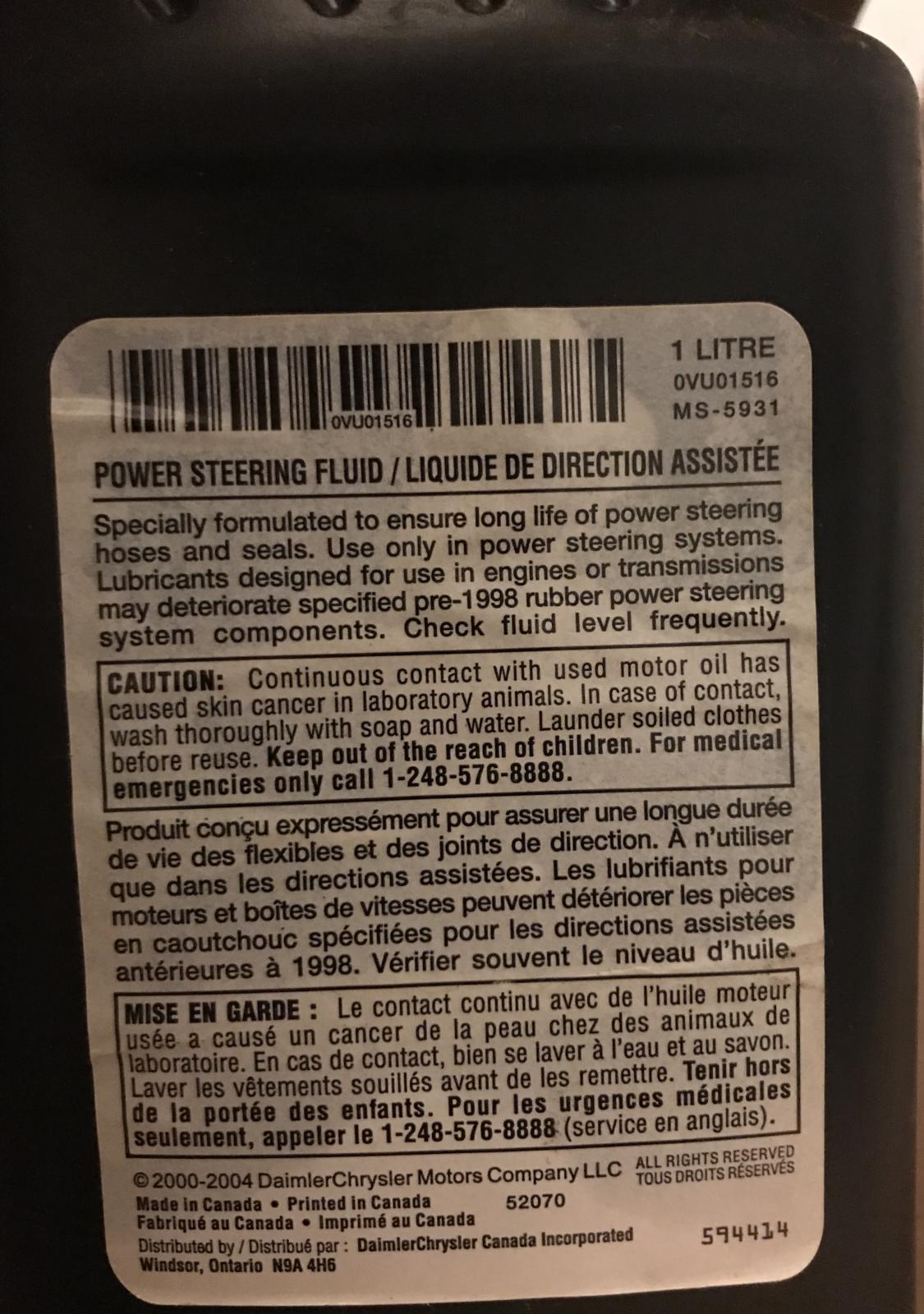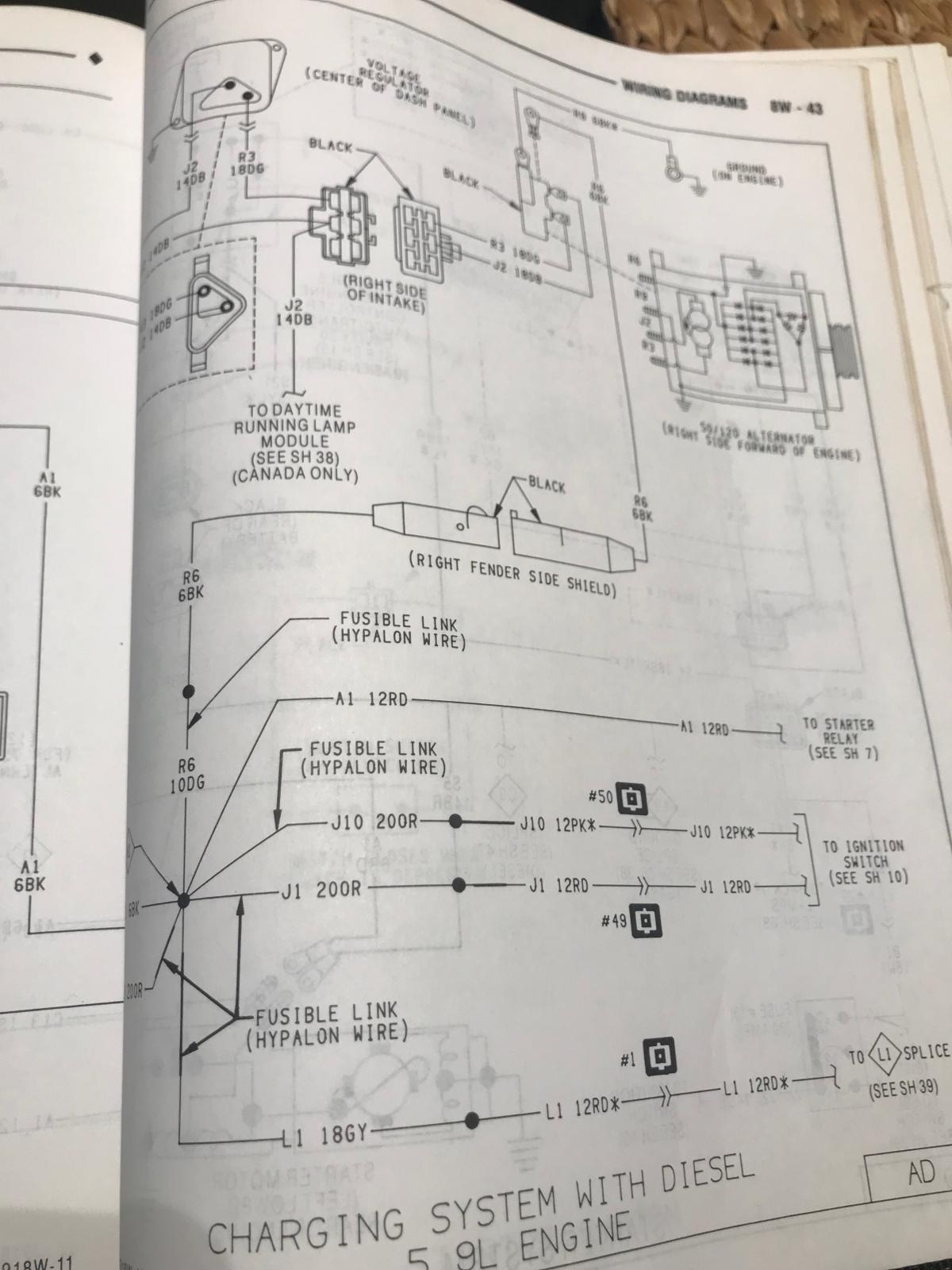Everything posted by ofelas
-
Everyone post a picture of your truck!
Looks good, nice job. I'd consider making a small opening directly in front of the fan clutch, so hot air from that part of the rad can activate the clutch if needed. Go ahead & block the lower openings after you make an access flap.
-
Grounds and electrical stuff.
Only seen it a couple times; both on Jeeps that have been "modded with all the latest accessories" - winch, dual batteries, one wire alternators & some real questionable internet inspired power cabling. My buddy's 93 W250 fell victim to it too; previous owner replaced the fusible link with a piece of spliced in straight 6ga, the very tired alternator's positive diodes shorted to ground, and the resulting under hood fire took out all AC wiring, the serp belt, the AC hoses, and part of the plastic fan shroud. Fixed all the above stuff & did his KDP/case bolts/freeze plugs early this morning, just waiting on new AC hoses before I button it all up & weld up a front receiver so he can put a quick detach plastic blade on it to plow his driveway.
-
Axle shaft u joints
I think I've seen spray cans of the stuff at hardware places, or Amazon or such, but they are inordinately pricey.
-
new radio yaaay!
looks good CUMMINSDIESELPWR
-
Grounds and electrical stuff.
Picked up a Mopar branded Group 34 battery a few days back to replace the missus' 5yr old battery on her winter beater, as one cell was flaky, and desulfating the battery didn't help. Pleasantly surprised; static voltage was 12.75v on the dealership counter, & it was cheaper than the WalMart/Costco equivalent. The OEM 15yr old Denso alternator charged at approx 14.2v with all vehicle accessories on, showed an AC ripple of .035v at the battery (.033v at the alternator posts), so I took it out on a 30 minute highway drive. State of charge the next morning was 12.95v
-
Axle shaft u joints
It's some weird anti rust developed by Boeing that dries clear & needs chemical or abrasive stripping to get rid of it. The seaplanes up here use it on their floats, sometimes they lose a 55 gallon drum at the hangar. Ideally sprayed through a mist wand like any other commercial rustproofing; drilled holes then plugged after spraying, in door sills, roof skins, bed sides etc., as well as inside the frame rails, underbody, brake/fuel lines, springs/hangers etc etc.
-
Axle shaft u joints
100% agreed. I find a sprayed mix of T9 BoeShield & used Hygard works wonders, I drive my truck all winter with nary a rusted part.
-
Engine stumbles
I have a couple sets of new nozzles for 98-2002 24v by Mark Wilson (from the original PDR outfit) laying around somewhere. Every set of nozzles/sticks (close to 2 dozen across various generation trucks) I've run/installed made by him have been outstanding. Shoot him an email via his website dieseltuff.com and get his advice on nozzles/mods/POP pressures. Very competitively priced, pretty much a next day turnaround, and he is not a middleman but a builder. Couldn't be happier.
-
Winter is coming - Did you change the air in your tires?
-
Axle shaft u joints
Those Spicer Life non greasable non cross drilled joints are the cat's meow. Important to reinstall the caps on their corresponding cross yokes as they have a pre-measured amount of grease in all 4. Wouldn't use anything else, even though I'm the type that lubes greasable U-joints well ahead of schedule.
-
New guy.
Welcome from another newbie.
-
Flushing power steering fluid tomorrow
Also, clean the screen filter in the PS system hose connection...they gunk up sporadically, and are the cause of many a hard to diagnose PS racket.
-
Grounds and electrical stuff.
Just remembered this picture, forgot to post about it. This usually happens because the stator and rotor were upgraded without upgrading the rectifier rating. When positive diodes are burned out, best case scenario is a fully open connection, and the worst case scenario is a catastrophic short/under hood fire. I don't have a diagram of that rectifier on hand, but it looks like burned out negative diodes, which means there was probably a bad ground connection between the alt and the battery - this would result in a drained battery.
-
Flushing power steering fluid tomorrow
No, it doesn't say "use ONLY in vehicles pre 1998". It says - "Use only in power steering systems", - as in don't use in transmissions. It goes on to say "use of engine or transmission lubricants may deteriorate pre-98 rubber PS components" - as in don't dump your favorite Rotella or ATF into pre 98 power system reservoirs. The French, despite their odd habits, appear to have a superior public school system when it comes to deciphering English labels. For your 2001, MS-5931 is ideal; ATF+4 from 2003 onwards, but doable from 99-2002 as well. We can, of course, blame the Germans for these confusing labels as they took over Chrysler in 1998.
-
Flushing power steering fluid tomorrow
Surprisingly, it doesn't whine....
-
Flushing power steering fluid tomorrow
For pre 2003 vehicles, I use MS-5931 (or an equivalent parts store spec fluid in a pinch), though the back label does imply that ATF can be used in post '99 vehicles Haven't had a problem yet in temp extremes FWIW.
-
Stereo Head unit with Android screen
I never seem to be able to have CDs to play for more than a year or two. I've resigned myself to AM radio & cassette tapes.
-
Well I completed maintenance for Winter
Retail is approx $140 inc core charge for these Cummins Group 31 batteries. They're either East Penn or JCI-USA made, a bit tweaked for better deep cycle capabilities considering they're starting batteries, but I get a better warranty from my Cummins/Onan industrial rep. They're single batteries for the first gen tray; the second gens use dual Group 27s.
-
Grounds and electrical stuff.
I'm a bit younger than you are, but I've fast roped down plenty a 160th whirlybird; props to you helo boys for flying in a bucket of bolts. Personally, I think a fixed wing is just plain wrong, unless we're talking about the GE rotary pest control platform. On the C series fixed wings, a quick exit at 30k feet got me quicker to solid ground ;-) And yes, I was stupid enough to jump out of 141's too. And here we both are worried about underhood fires
-
Grounds and electrical stuff.
Please don't; your experimentation is part of what makes this a great site; I don't want to rub anyone the wrong way Anytime! I'd start by calling Nations Alternator, or find a junkyard split case 160amp unit. The split cases indicate a 12 diode 6-phase stator unit, whether 136amp or 160amp. You'll have to swap your 8 groove pulley on to the above mentioned gasser 6/7 groove alternator. Rest assured that a factory second gen 60mm groove diameter pulley puts out enough amperage at idle & higher rpm to keep the battery with grids cycling happy, even for multiple short tripping. If you have the 2-pin field plug on your factory alternator, it swaps right in. If you have the earlier plastic box field/batt/ground ring terminal connectors, you'll need to cut & splice in a single new 2 wire field circuit socket, a 5 minute job. Move the ground cable from the back of the earlier black plastic box alternators to the front alternator bracket bolt - make sure the contact surfaces are unpainted, as these systems ground via the alternator case to support bracket bolt. The first gen 120amp alternators had 65mm alt pulleys...going to the 60mm pulley on the second gens is what likely resulted in their similarly rated diode amperage to publish the second gen alternator being rated at 136 amps ;-) I've been known to change head gaskets/injection pumps/crank seals free for those in need, and even supply the beer. I'm up for a few beers anytime
-
Grounds and electrical stuff.
A battery with a 5 second CA rating of 2250amps. No fuse will protect a battery shorting to ground! The fuse is only to allow the alternator to supply charge current to the battery without blowing! When in doubt, 10% above max alternator amperage under full load is very safe. I use a 200amp charge circuit fuse as my alternator, though rated at 160amps, has been tested by me to supply 180-ish amps at full load. Beware of the commonly available 200amp alternator ratings - they use smaller pulleys/misleading alternator rpm ratings to entice buyers with "200 amps". Ask them "at what alternator rpm does this unit produce 200amps under load". Most alternators trade idle amps for amp output at unrealistic alternator rpms. Remember, we are talking about low revving inline 6 diesels here. The alternator rpm at idle/higher rpm needs to be matched to pulley ratio & estimated engine idle/speed rpm for efficient charging. Look for a 12 diode + 6 phase stator unit & go from there. They are far more efficient at low/idle rpm. I posted pics & part #s of the setup I use on every Cummins I own/work on a couple days back.
-
Grounds and electrical stuff.
LOL. You'll be eating your words again. First off, that's not a 1st Gen Cummins FSM. It's a generic ChryCo diagnosis procedure is all, which doesn't show as much detail as a proper wiring diagram. I will give you A for effort, considering you likely haven't worked on many vehicles other than your own. Here is the fusible link on a first gen Cummins below. It's the 6ga BK wire in the middle of the page, which goes from the passenger fender shield along the firewall and then on the drivers side fender shield; the Hypalon is the fusible link, a few inches away from the BATT(+ve) post. If it's the existing factory 136amp alternator, keep the factory 140amp PDC fuse.
-
Grounds and electrical stuff.
A 200amp fuse won't prevent a battery shorting to ground, which in my battery setup, can be 2200 amps, and will blow a 140amp fuse just as easily as a 200amp fuse. The charge circuit fuse should be rated just a bit above the max amperage a normally functioning alternator is capable of producing.
-
Grounds and electrical stuff.
This is some terribly wrong information in the quote below.
-
Grounds and electrical stuff.
The inline fuse was not meant to protect any increased amperage output from the alternator, but rather, to protect if the alternator develops a ground fault. Thats why the 140amp fuse allows your alternator to pass current up to it's max 136amp output. When the alternator blows a positive diode, you now have the battery shorting to the ground faulted alternator - a couple 1000 amps with dual batteries - major fire hazard. Think overheated batteries + burning wires.



